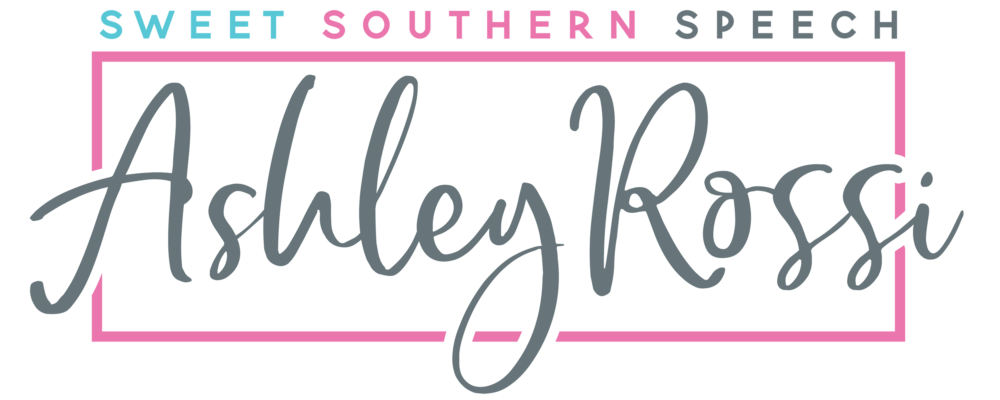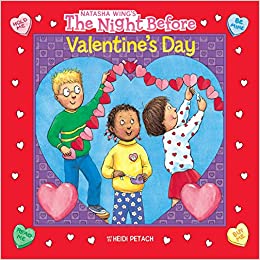It’s the sweetest holiday of the year! Celebrate love and Valentine’s Day with card-making, tasty treats, and more in this installment of Natasha Wing’s best-selling series. Join in on all of the colorful fun, and then come along to school the next morning for a day of parties and games!
This celebratory Valentine’s Day book can be used in speech therapy to address social/emotional issues like friendship, gift giving and facial expressions. It is also great for rhyming and for targeting predicting as well as for a variety of verbs! It can also be used to target /v/ initial, /l/ initial and medial, and/ar/ sounds! Discover more of the speech and language teaching concepts for using The Night Before Valentine’s Day in speech therapy below:



